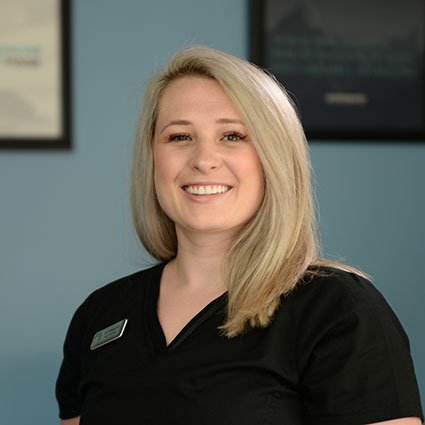 Affecting 2-3 percent of the US population, scoliosis is defined as a sideways curvature of the spine. The condition is often diagnosed in younger adolescents between 12-15, and is more common in females than males.
Affecting 2-3 percent of the US population, scoliosis is defined as a sideways curvature of the spine. The condition is often diagnosed in younger adolescents between 12-15, and is more common in females than males.
There are three forms of scoliosis: idiopathic, meaning there’s no known cause; congenital (can be passed down in the family); and neuromuscular, which means it can also come from the brain and muscles.
What Are Other Signs of Scoliosis?
If you notice any of the following in your child or other loved one, they may have scoliosis:
- Uneven shoulders when standing
- One shoulder blade pokes out more than the other
- Unevenness across the waist when measured (e.g. one hip being higher than the other)
- The rib cage jutting forward a little bit
Our Natural, Nonsurgical Approach
While chiropractic won’t directly get rid of the curvature, our natural care can prevent the scoliosis from progressing. During the course of growth and puberty, the hormones come into play and make changes to the spine, including those curvatures. Our goal is to keep those changes from progressing further and causing more problems in the future.
Scoliosis treatment consists of chiropractic adjustments, along with rehab of the muscles. “The reason we address the muscles is that there are many muscle imbalances that occur with the spine. When the spine is in a different formation, it typically has to compensate in different areas. Therefore, the person will have a lot of pain and discomfort, so we give them a lot of exercises they can do in addition to the adjustments,” said Dr. Colleen.
She likens addressing scoliosis to wearing braces on your teeth. “We want to ensure the spine doesn’t move that much out of alignment, and we can keep it healthy as the person continues to grow,” added Dr. Colleen.
How Is Scoliosis Monitored?
Most of the time, scoliosis is monitored through X-rays. Someone is considered to have scoliosis when the spine has a sideways curvature of at least 10 degrees, which is measured by the Cobb angle.
We want to ensure that curvature doesn’t continue to increase as the person ages. If the angle gets to about 40 degrees and greater, doctors are more concerned that surgery may be needed, because the scoliosis can affect the growth and function of the lungs and heart.

Dr. Colleen’s Scoliosis Journey
Diagnosed with scoliosis at 15, Dr. Colleen was told she’d have to have surgery. Fortunately, she never had to. In addition to wearing a brace while sleeping, she had regular chiropractic care, as well as physical therapy and massage therapy. Although Dr. Colleen still has scoliosis, it hasn’t limited her ability to do everything everyone else can do.
If you think your child may have scoliosis, Dr. Colleen wants to help. Contact Novo Chiropractic Sports & Wellness Center today to schedule an appointment.
